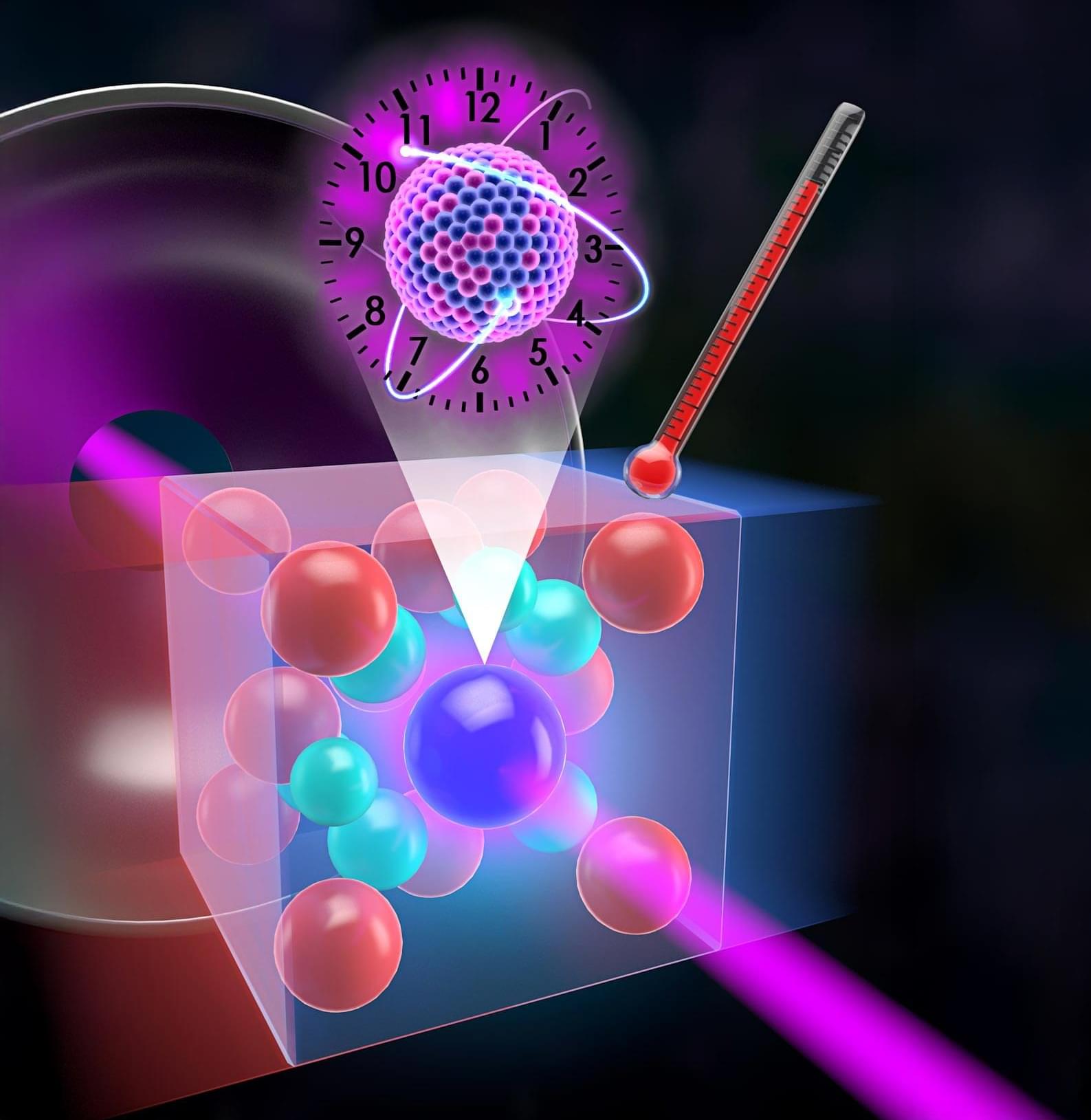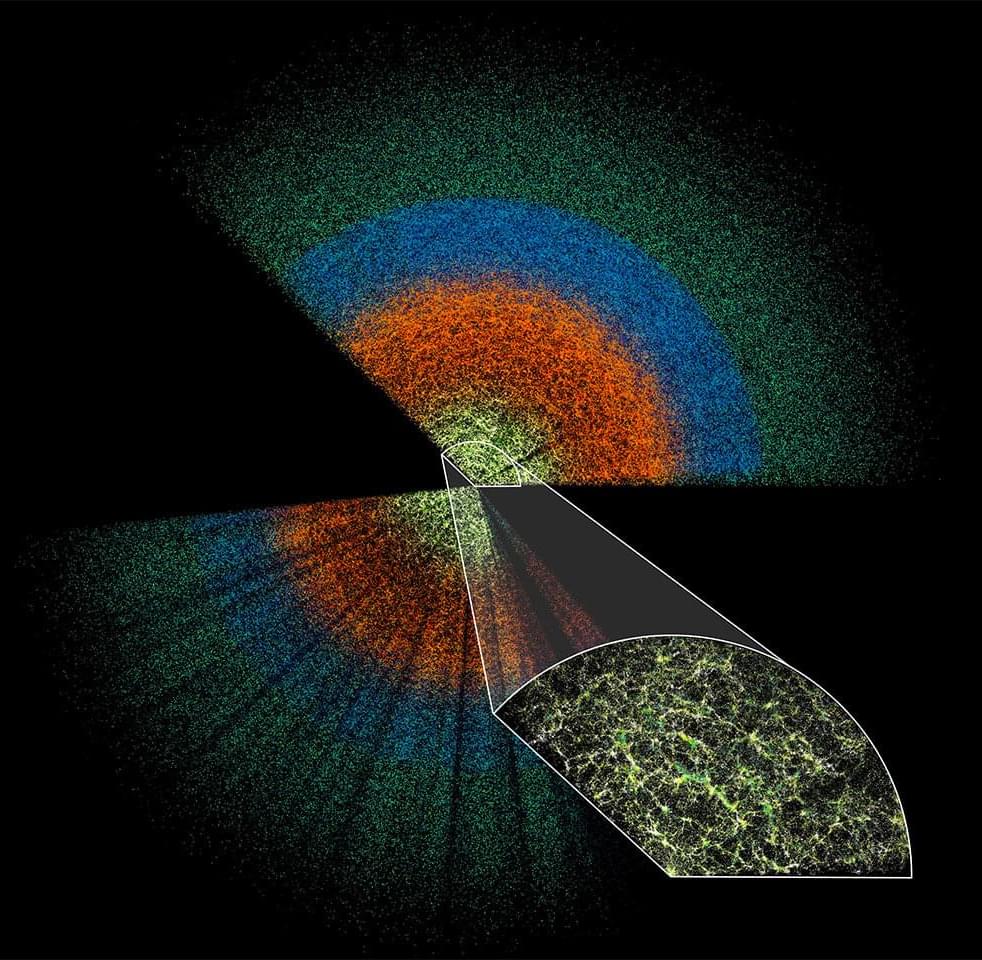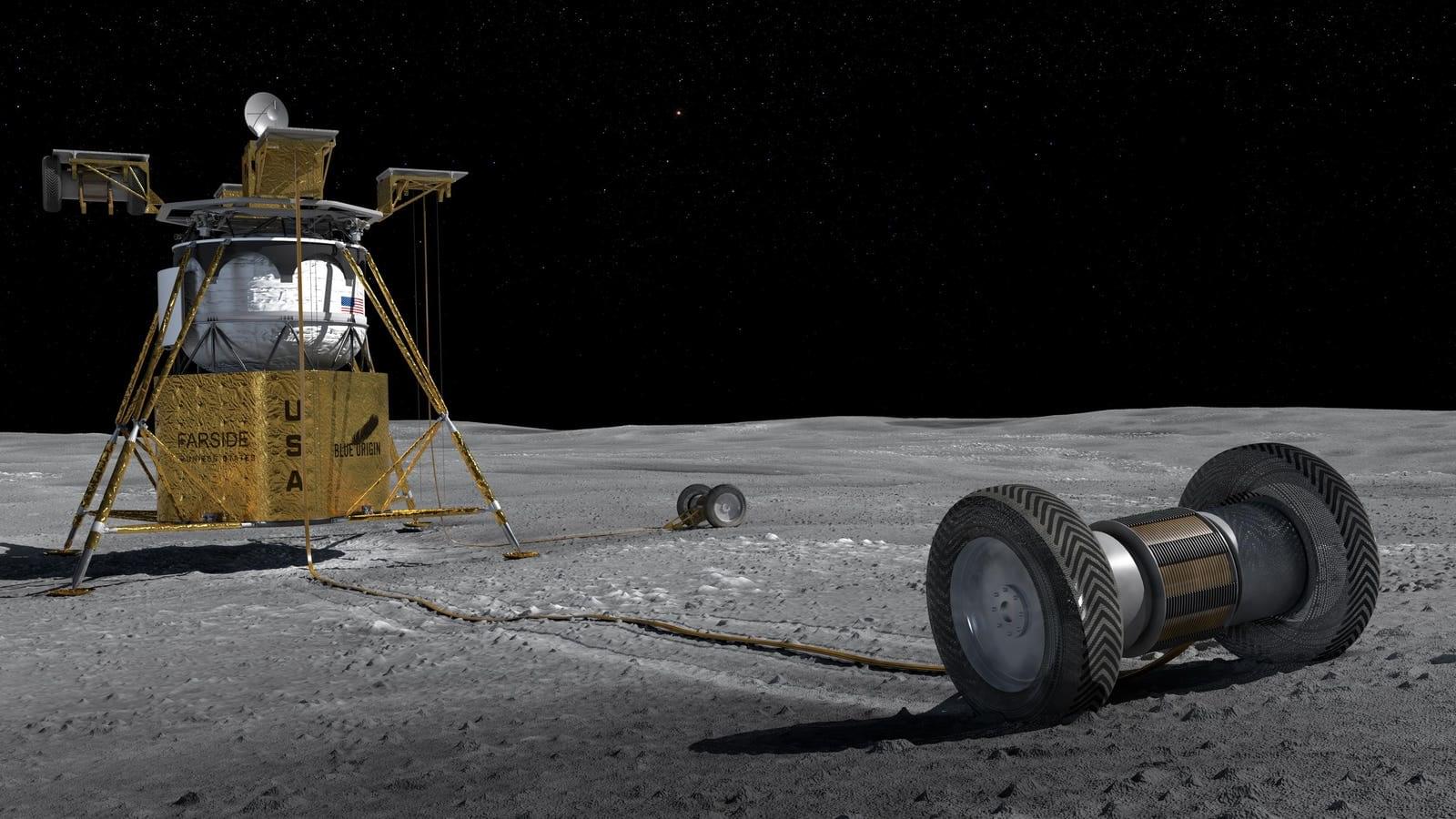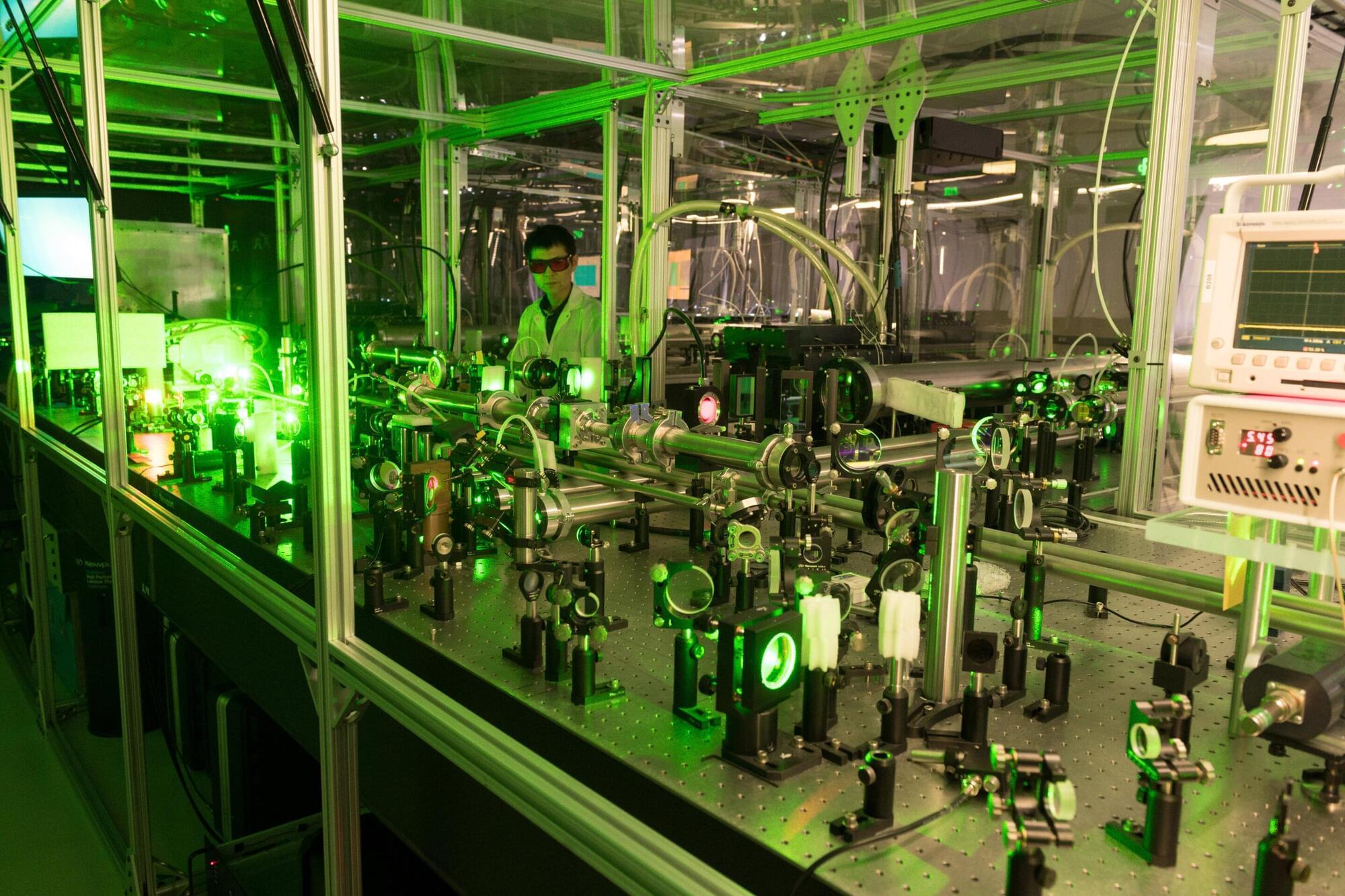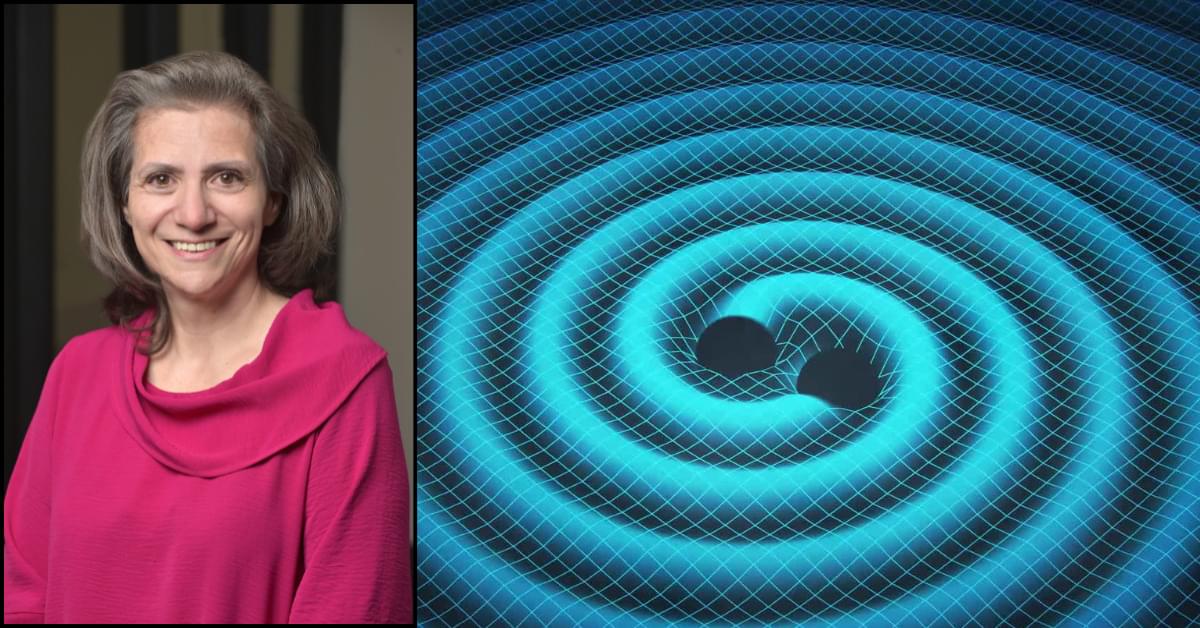Chyba and his team tilted the cylinder precisely at 57 degrees, orienting it perpendicular to both Earth’s magnetic field and its rotational motion. Electrodes attached at each end measured an unmistakable — but minuscule — direct current voltage of about 18 microvolts. Rotate the cylinder 90 degrees, and the voltage vanished. Reverse the cylinder, and the voltage flipped. Control tests with solid cylinders produced no voltage at all. The device was carefully shielded from external interference, such as temperature fluctuations and background electromagnetic noise, to ensure the results were accurate.
“It has a whiff of a perpetual motion machine,” Chyba told Physics Magazine, acknowledging the skepticism his results would inevitably invite. But the physics, he insisted, was sound. The electricity, though tiny, genuinely appeared to flow from Earth’s spin.
The current generated by the device is proportional to its size and the strength of Earth’s magnetic field, which is relatively weak. To produce meaningful amounts of power, the device would need to be much larger or made of materials with even more favorable properties. The researchers speculate that future versions could be miniaturized and connected in series to amplify the voltage, or deployed in space where Earth’s magnetic field is stronger.
